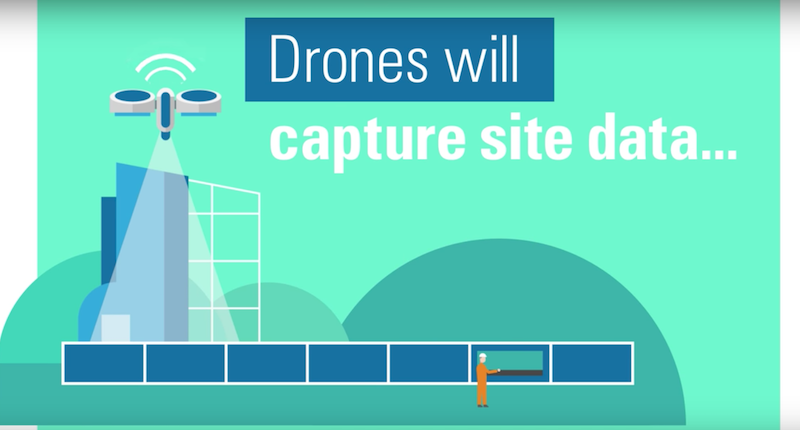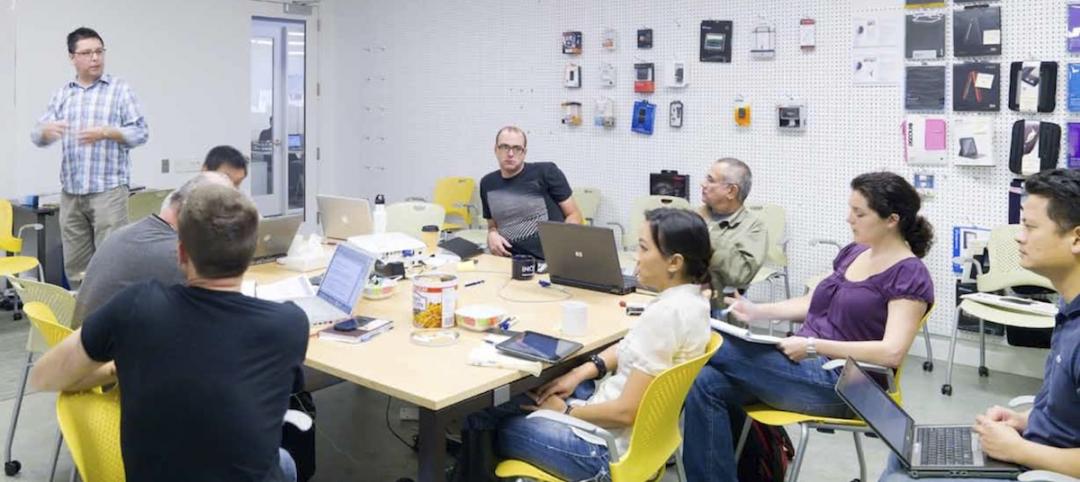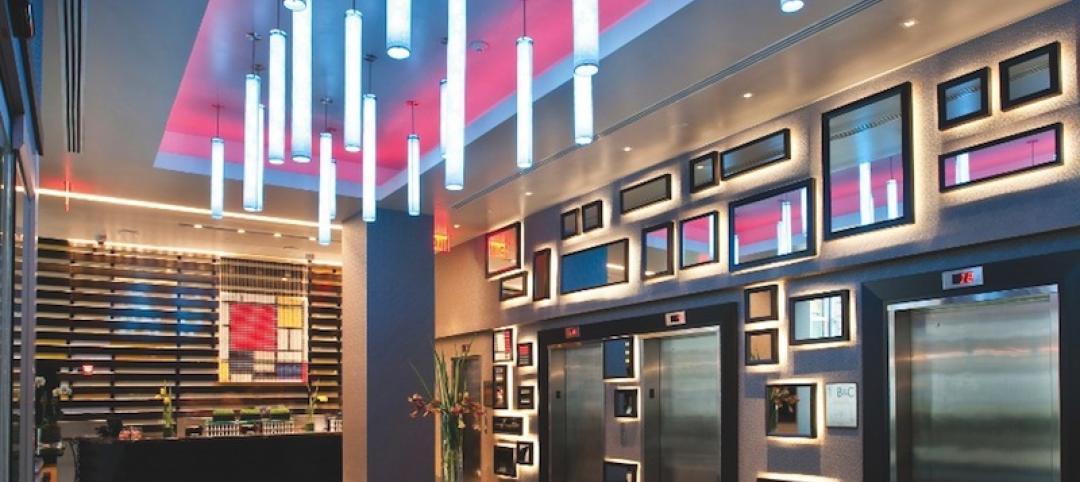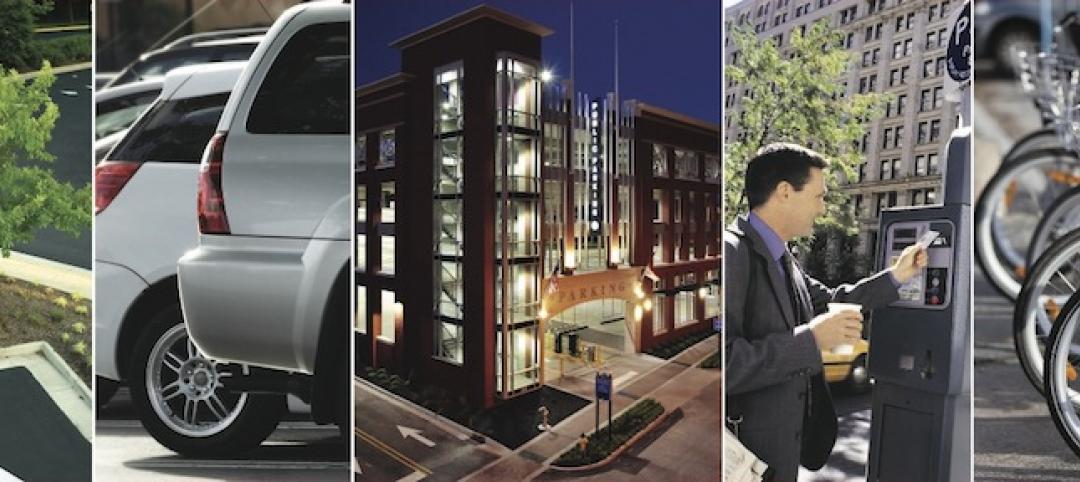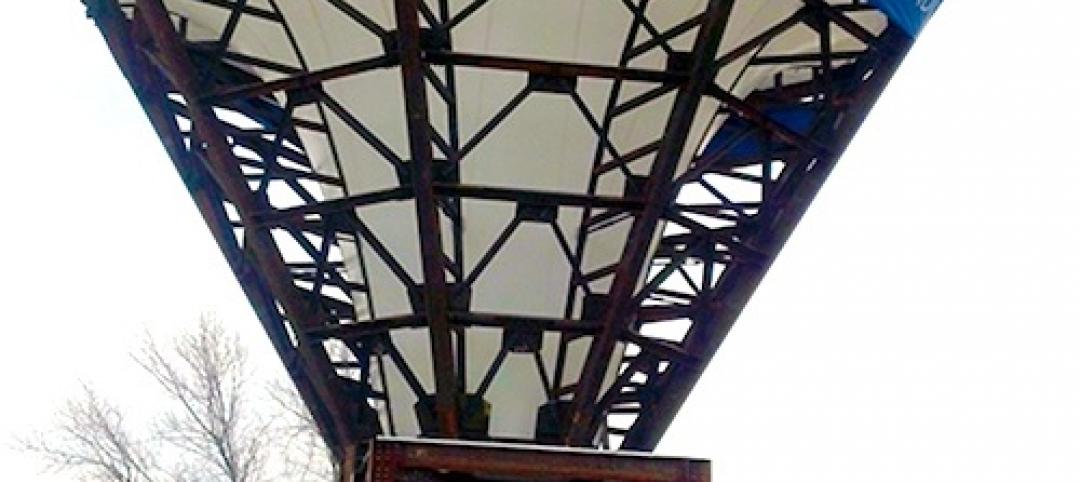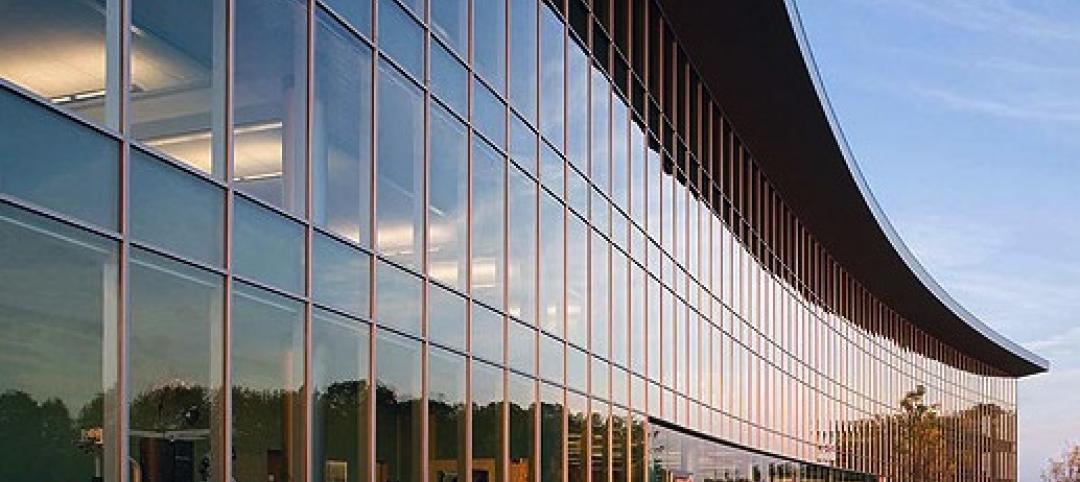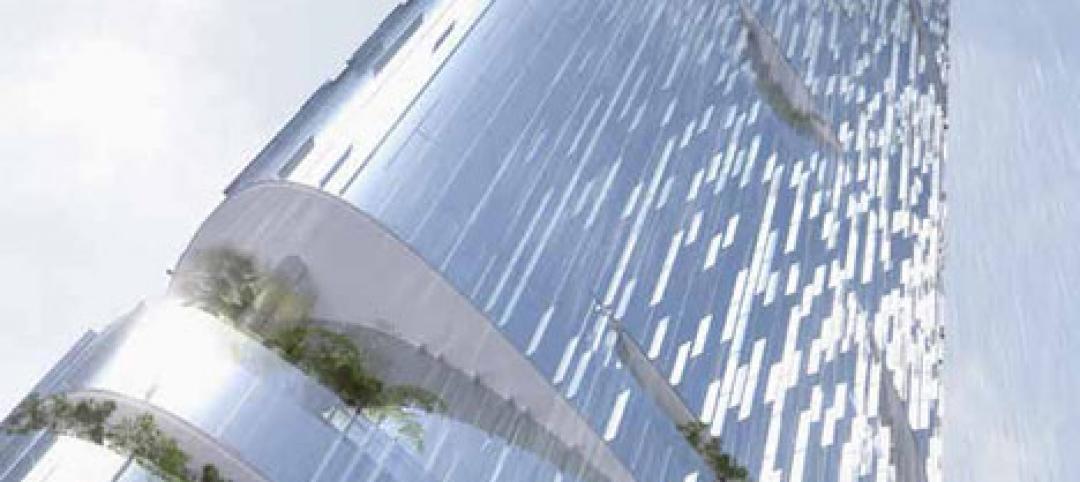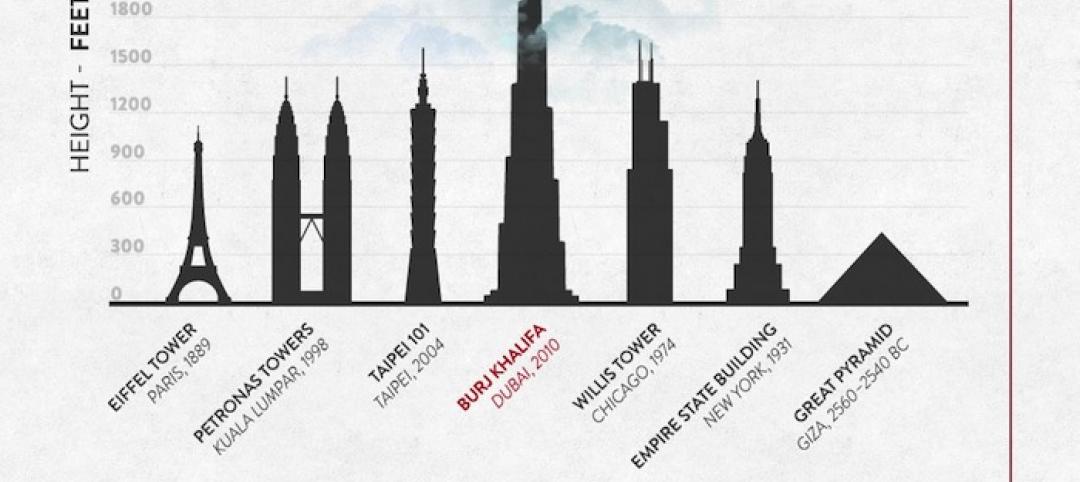It may seem a bit far-fetched, but by 2050, construction sites may be completely human-free, at least according to a new paper from Balfour Beatty titled “Innovation 2050 – A digital future for the infrastructure industry.”
The paper claims work that is currently done by humans will be accomplished via robots that work in teams to build complex structures using dynamic new materials. Elements of the build will have the capability to self-assemble and drones will constantly scan the site to collect data that can predict and solve problems before they arise. The drones can then use the information they gain to send instructions to robotic cranes and diggers and automated builders.
Humans will still have a role to play, albeit not on the actual job site. Humans will be able to remotely oversee multiple projects at once. If a bit of science fiction flair is what you want, then look no further than how humans will make site visits in the future, on the rare occasions they are necessary. Like Ripley in a Caterpillar P-5000 from Aliens, humans making a site visit will be equipped with exoskeletons to move and control machinery on site.
As part of the paper, Balfour Beatty also lists ten predictions for 2050, including:
1. The industry will become increasingly focused on innovation and both contractors and customers will become less risk-averse.
2. The shape and offer of the infrastructure industry will change significantly, with new business models, products and services.
3. Infrastructure will move on from concrete and steel to include new materials that respond to their surroundings.
For the additional 2050 predictions, click here.
Related Stories
| Jun 4, 2013
SOM research project examines viability of timber-framed skyscraper
In a report released today, Skidmore, Owings & Merrill discussed the results of the Timber Tower Research Project: an examination of whether a viable 400-ft, 42-story building could be created with timber framing. The structural type could reduce the carbon footprint of tall buildings by up to 75%.
| May 30, 2013
5 tips for running a successful BIM coordination meeting
BIM modeling tools are great, but if you can't run efficient, productive coordination meetings, the Building Team will never realize the benefits of true BIM coordination. Here are some helpful tips for making the most of coordination meetings.
| May 28, 2013
LED lighting's risks and rewards
LED lighting technology provides unique advantages, but it’s also important to understand its limitations for optimized application.
| May 20, 2013
4 emerging trends in parking structure design
Survey of parking professionals reveals how technology is transforming the parking industry.
| May 17, 2013
5 things AEC pros need to know about low-e glass
Low-emissivity glasses are critical to making today’s buildings brighter, more energy-efficient, and more sustainable. Here are five tips to help AEC professionals understand the differences among low-e glasses and their impact on building performance.
| May 17, 2013
University labs double as K-12 learning environments
Increasingly, college and university research buildings are doing double duty as homes for K-12 STEM programs. Here’s how to create facilities that captivate budding scientists while keeping faculty happy.
| May 14, 2013
Advanced turbines generate 6X more energy than conventional models
US-based wind energy company SheerWind just unveiled the INVELOX – a tunnel-based wind turbine that can produce up to 600% more power than traditional wind turbines.
| May 8, 2013
Preventable curtain wall failures - AIA/CES course
In many cases, curtain wall failures are caused by fairly simple errors that occur during the fabrication and installation process. This presentation will highlight common errors and when they typically occur.
| May 7, 2013
First look: Adrian Smith + Gordon Gill skyscraper designed to 'confuse the wind'
The 400-meter-high, 116-story Imperial Tower in Mumbai will feature a slender, rounded form optimized to withstand the area's strong wind currents.
| May 2, 2013
A snapshot of the world's amazing construction feats (in one flashy infographic)
From the Great Pyramids of Giza to the U.S. Interstate Highway System, this infographic outlines interesting facts about some of the world's most notable construction projects.


